Home>Garden Essentials>How Hot And Unsafe Is Fake Turf?
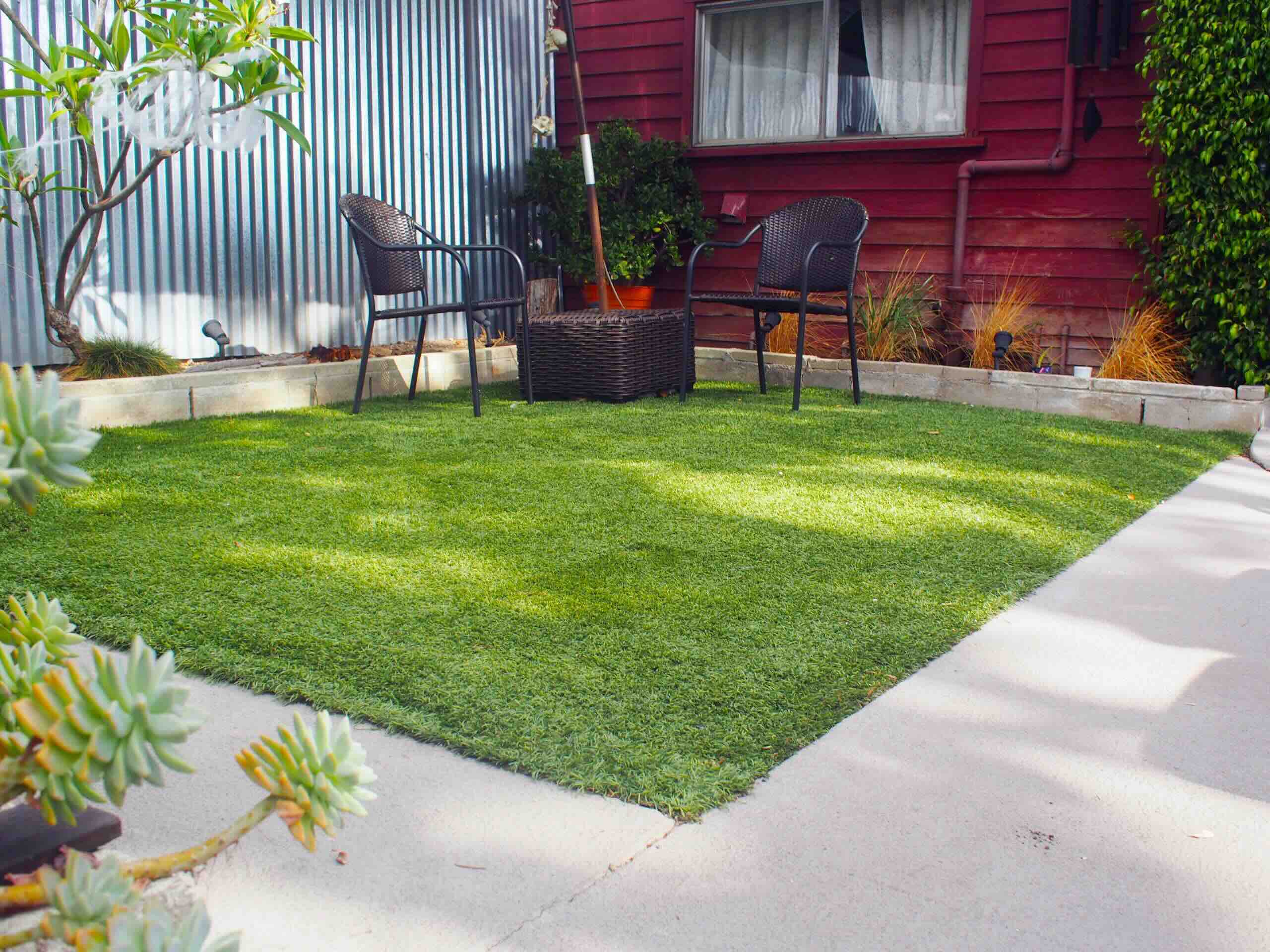

Garden Essentials
How Hot And Unsafe Is Fake Turf?
Modified: October 18, 2024
Discover the truth about fake turf in your garden. Learn about the potential dangers and safety concerns associated with using synthetic grass.
(Many of the links in this article redirect to a specific reviewed product. Your purchase of these products through affiliate links helps to generate commission for Storables.com, at no extra cost. Learn more)
Introduction
Fake turf, also known as artificial grass or synthetic turf, has gained popularity as a low-maintenance alternative to natural grass in gardens and outdoor spaces. With its lush green appearance and the promise of no watering or mowing required, fake turf seems like a convenient solution for homeowners who want a pristine and evergreen lawn all year round. However, as with any artificial product, concerns about its safety and potential health risks have been raised by both experts and consumers.
In this article, we will explore the heat factor and potential health risks associated with fake turf. We will examine the ongoing debate surrounding the safety of fake turf and provide a comprehensive understanding of its impact on our well-being. It is important to make informed decisions, considering all aspects, when it comes to choosing the landscaping options for our outdoor spaces.
Key Takeaways:
- Fake turf can get really hot and might not be safe for playing on during hot days. It’s important to consider the heat factor and look for ways to keep it cool.
- Fake turf may contain chemicals and allergens that could pose health risks. It’s crucial to weigh the benefits and risks, and consider alternative landscaping options.
Read more: How To Install Fake Turf
Understanding Fake Turf
Fake turf is a type of synthetic grass made from man-made materials like plastic fibers, rubber, and sometimes even recycled materials. It mimics the appearance and feel of natural grass, offering a consistent and aesthetically pleasing alternative. The popularity of fake turf has increased in recent years due to its low maintenance requirements and ability to withstand heavy foot traffic.
Artificial grass is available in various types, including athletic turf, landscaping turf, and putting green turf, each tailored to specific uses and needs. It can be installed in residential gardens, commercial spaces, sports fields, playgrounds, and more, providing a year-round green surface that doesn’t require watering, mowing, or fertilizing.
The manufacturing process involves weaving the synthetic fibers into a grid or mat, which is then backed with a layer of rubber or foam for added support and cushioning. The final product is durable, resistant to wear and tear, and designed to withstand exposure to harsh weather conditions.
Fake turf offers several advantages over natural grass, such as reduced water consumption, eliminating the need for pesticides and fertilizers, and providing a consistently green and well-maintained appearance. However, it is important to consider the potential downsides and risks associated with using fake turf in outdoor spaces.
The Heat Factor of Fake Turf
One of the major concerns with fake turf is its tendency to retain heat, especially in hot climates or during peak summer months. The synthetic materials used in the production of fake turf absorb and trap heat from the sun, causing the surface temperature to rise significantly compared to natural grass.
On hot days, the temperature of fake turf can reach alarming levels, sometimes exceeding 150 degrees Fahrenheit (65 degrees Celsius). This can create uncomfortable and potentially unsafe conditions for both humans and pets. Walking or playing on hot fake turf can lead to burns, discomfort, and a higher risk of heat-related illnesses such as heat stroke.
The excessive heat generated by artificial grass can also affect the surrounding environment, contributing to the urban heat island effect. This phenomenon occurs when synthetic surfaces absorb heat, raising the temperature in the immediate vicinity and impacting the overall microclimate of the area.
To mitigate the heat factor of fake turf, manufacturers have introduced various cooling technologies. These range from infilling the turf with materials that reflect sunlight and reduce heat absorption, to incorporating built-in irrigation systems that spray water onto the surface to cool it down. However, the effectiveness of these cooling measures can vary, and regular maintenance is required to ensure their functionality.
When considering the installation of fake turf, it is crucial to assess the local climate conditions and the potential heat impact. Opting for lighter-colored turf or shaded areas can help alleviate the heat factor to some extent. Additionally, using alternative landscaping techniques, such as incorporating natural shade from trees, can contribute to a cooler and more comfortable outdoor space.
When playing on fake turf, be aware that it can get very hot, reaching temperatures up to 200°F. To stay safe, wear appropriate footwear and stay hydrated.
Potential Health Risks of Fake Turf
While fake turf provides a convenient and visually appealing alternative to natural grass, there are potential health risks associated with its use. The materials used in the manufacturing of artificial grass, including synthetic chemicals and rubber infill, have raised concerns among researchers and health experts.
One of the main concerns is the potential for exposure to harmful chemicals through direct contact or inhalation. Some artificial grass products contain phthalates, lead, and other toxic substances that can leach into the environment, especially during periods of heavy rainfall. These chemicals have been linked to various health issues, including hormone disruption, reproductive problems, and developmental disorders.
Another health risk associated with fake turf is the presence of allergens. Synthetic grass can accumulate dust, pollen, and other airborne particles, which can trigger allergies and respiratory issues, especially in individuals with sensitivities or pre-existing conditions.
Furthermore, the rubber infill commonly used in artificial turf, made from recycled tires, has also raised concerns. The rubber particles can heat up under direct sunlight and release volatile organic compounds (VOCs) into the air, which can be inhaled and pose a potential health risk.
Additionally, fake turf can create a breeding ground for bacteria, mold, and other microbes if not properly maintained. Moisture and organic matter can get trapped within the synthetic fibers, leading to the growth of harmful pathogens that can cause skin infections and other health issues.
It is important to note that the extent of these health risks may vary based on factors such as the specific materials used in the artificial grass, the level of exposure, and individual susceptibility. However, it is recommended to be aware of these potential risks and take appropriate measures to minimize exposure and maintain a safe environment.
The Debate on the Safety of Fake Turf
The safety of fake turf has been the subject of extensive debate among experts, researchers, and the general public. While some argue that the potential risks associated with artificial grass are minimal and manageable, others express concerns about the long-term effects on human health and the environment.
Advocates of fake turf highlight the benefits it offers, such as water conservation, reduced maintenance, and a visually appealing outdoor space. They argue that the risks associated with artificial grass can be minimized through proper installation, regular maintenance, and choosing high-quality products that meet safety standards. They also emphasize the importance of weighing the potential risks against the benefits when making landscaping decisions.
On the other hand, opponents of fake turf raise valid concerns about the potential health hazards and environmental impact. They argue that the synthetic chemicals used in artificial grass pose a risk to human health, especially for children and pets who spend significant time playing on the surface. They also express concerns about the disposal of fake turf and the potential for the release of harmful substances into the environment.
To address the ongoing debate, regulatory bodies and organizations have set guidelines and standards for the production and installation of fake turf. These standards aim to reduce potential risks and ensure the safety and quality of artificial grass products. However, the enforcement and compliance with these standards can vary across different regions and manufacturers.
It is essential for homeowners and consumers to educate themselves about the potential risks and benefits of fake turf and make informed decisions based on individual circumstances and priorities. Reading product labels, consulting with experts, and considering alternative landscaping options are all crucial steps in evaluating the safety of fake turf for specific applications.
Further research and studies are needed to gather more conclusive evidence on the long-term effects of artificial grass on human health and the environment. As the demand for fake turf continues to grow, it is imperative that these concerns are addressed to ensure the safety and well-being of those who choose to incorporate artificial grass into their outdoor spaces.
Read more: Where To Buy Fake Turf
Conclusion
Fake turf offers a convenient and visually pleasing alternative to natural grass, but it is important to be aware of the potential heat factor and health risks associated with its use. The synthetic materials used in the production of fake turf can lead to increased surface temperatures, creating uncomfortable and potentially unsafe conditions on hot days. Additionally, the presence of harmful chemicals, allergens, and microbes in artificial grass raises concerns about potential health risks and environmental impact.
While there is an ongoing debate surrounding the safety of fake turf, it is crucial for homeowners and consumers to make informed decisions by considering the specific circumstances and weighing the potential risks against the benefits. Following proper installation and maintenance practices, choosing high-quality products that meet safety standards, and considering alternative landscaping options can help minimize potential risks.
Regulatory bodies and organizations have established guidelines and standards for the production and installation of fake turf, but enforcement and compliance can vary. It is important to stay informed and advocate for stricter regulations to ensure the safety and well-being of users. Further research is needed to gather more conclusive evidence on the long-term effects of artificial grass on human health and the environment.
In conclusion, while fake turf offers convenience and aesthetics, it is essential to carefully evaluate the potential risks and benefits before opting for its installation. By considering factors such as local climate, installation techniques, product quality, and maintenance practices, homeowners can create outdoor spaces that are both visually appealing and safe for their families and the environment.
Frequently Asked Questions about How Hot And Unsafe Is Fake Turf?
Was this page helpful?
At Storables.com, we guarantee accurate and reliable information. Our content, validated by Expert Board Contributors, is crafted following stringent Editorial Policies. We're committed to providing you with well-researched, expert-backed insights for all your informational needs.
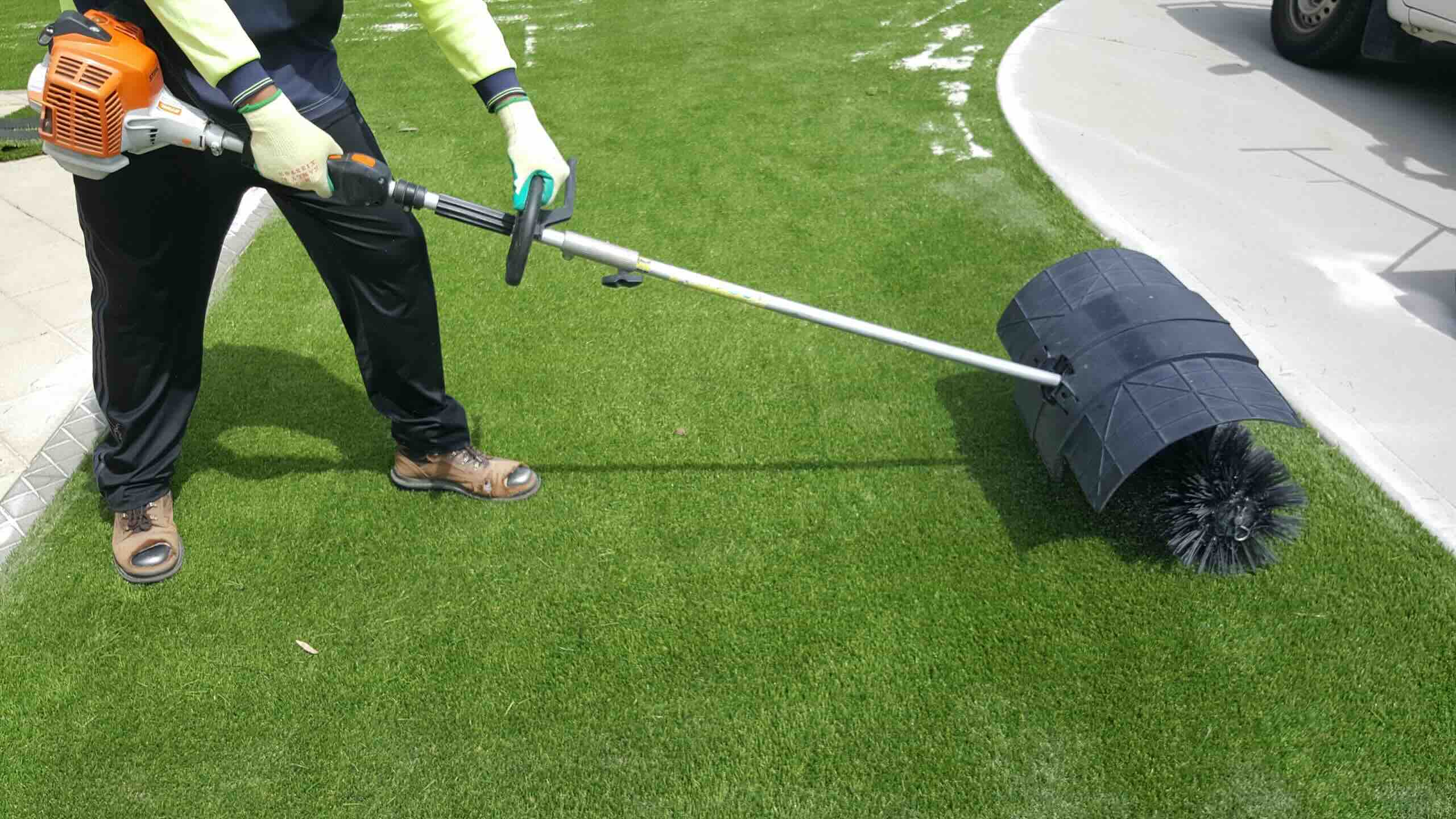
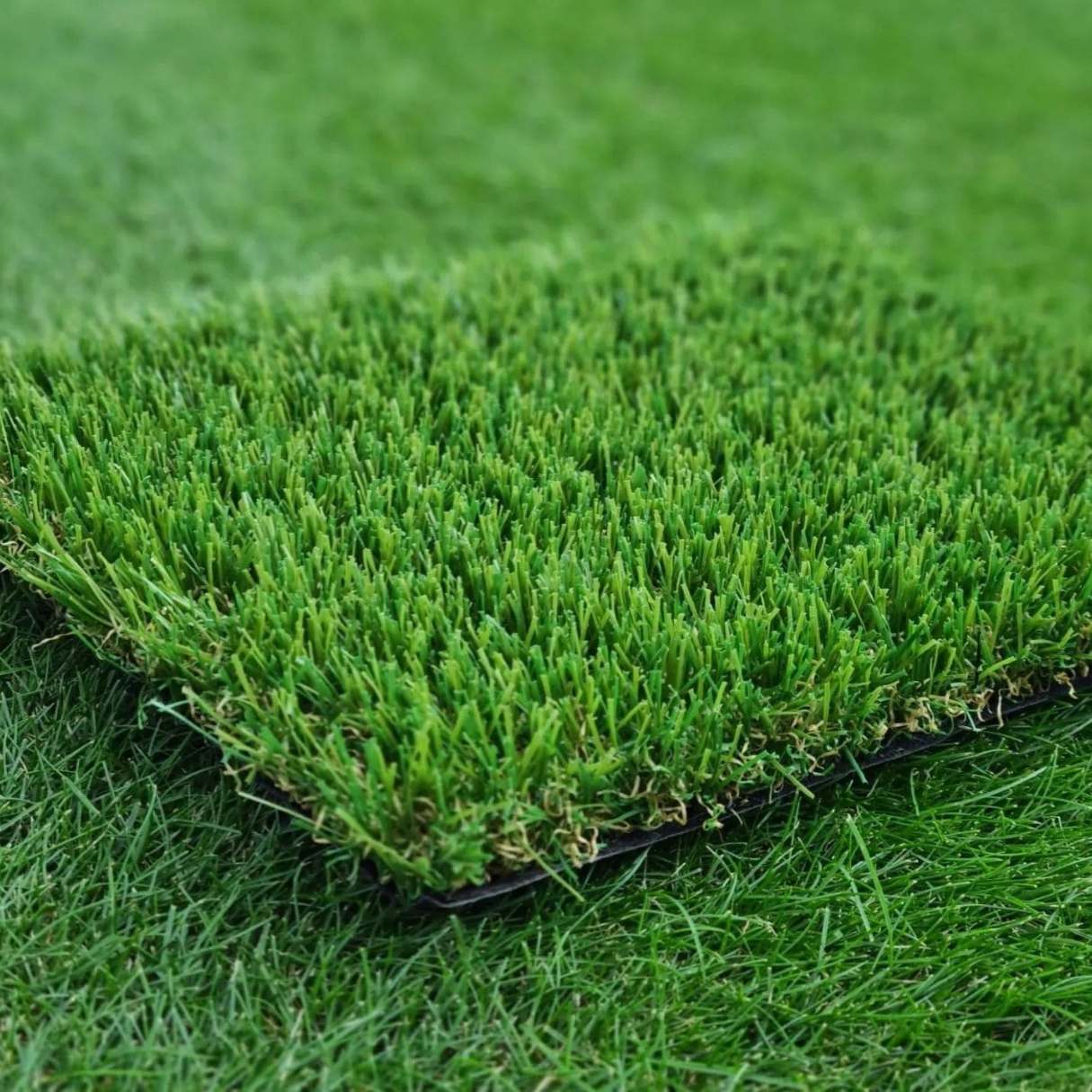
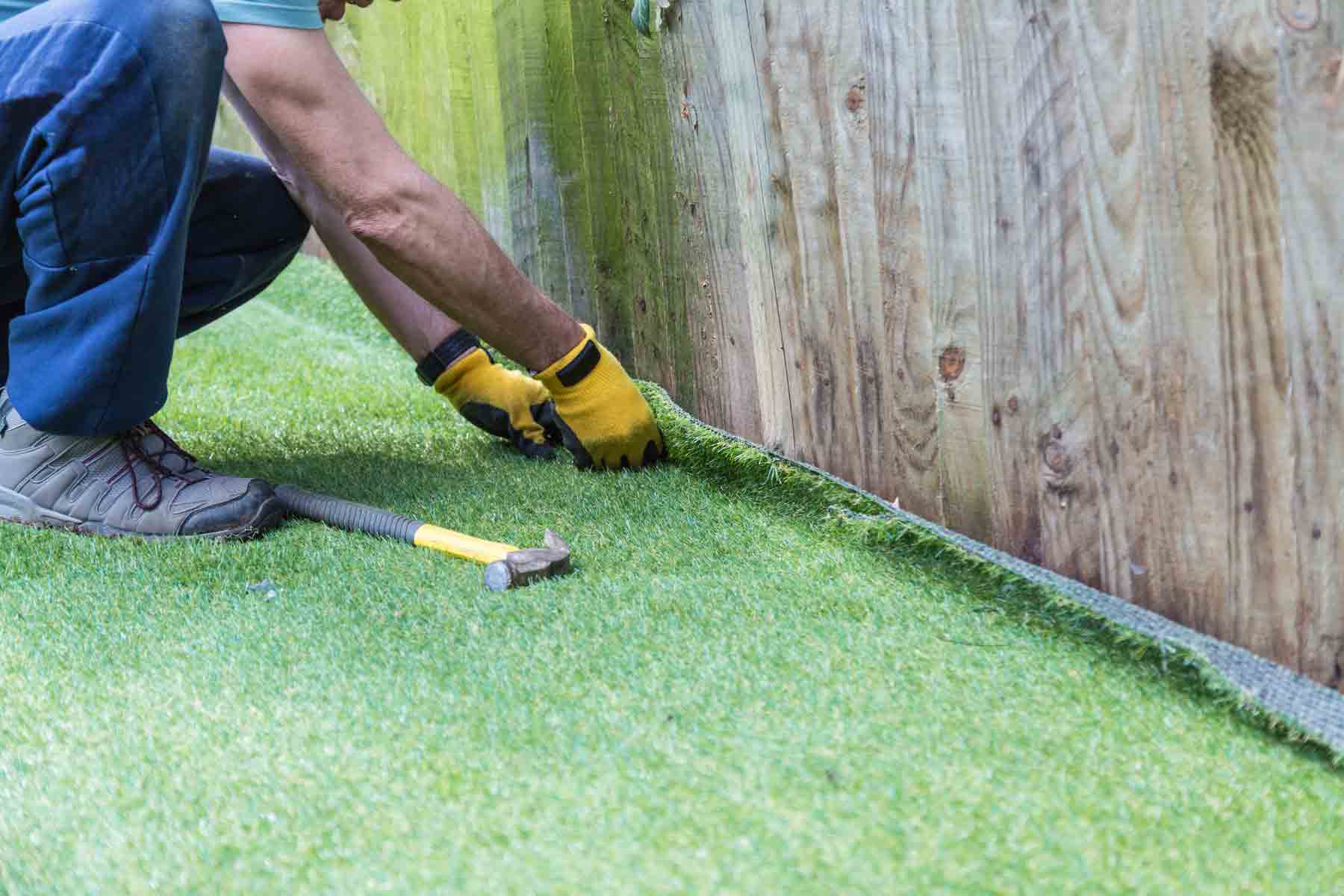
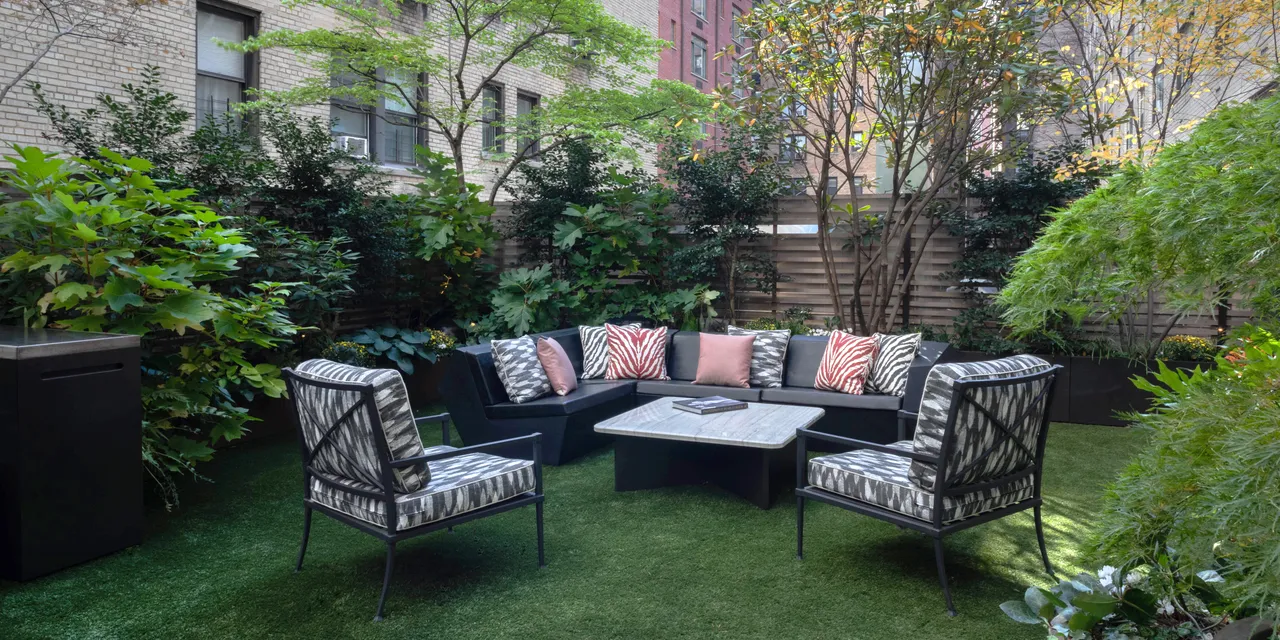

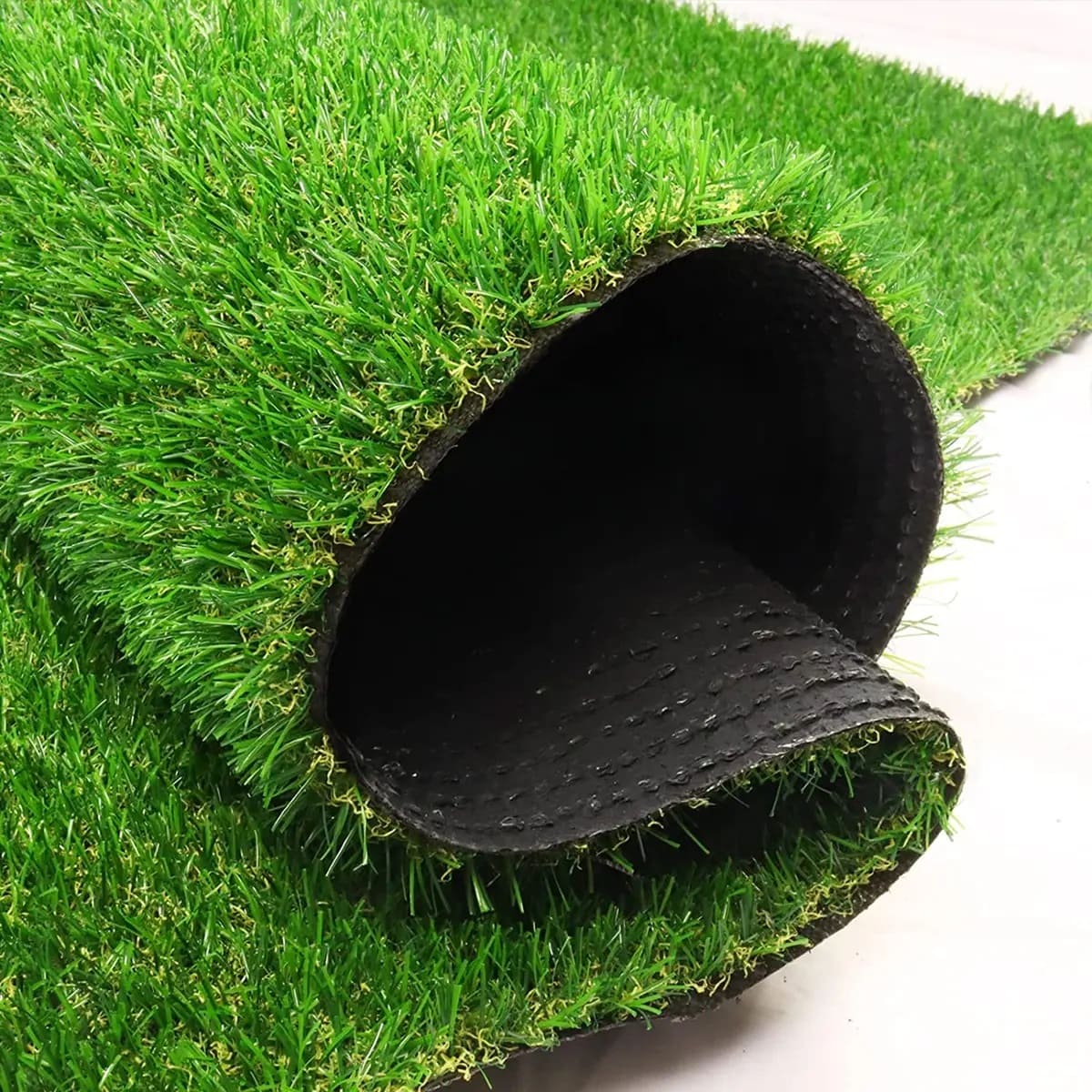
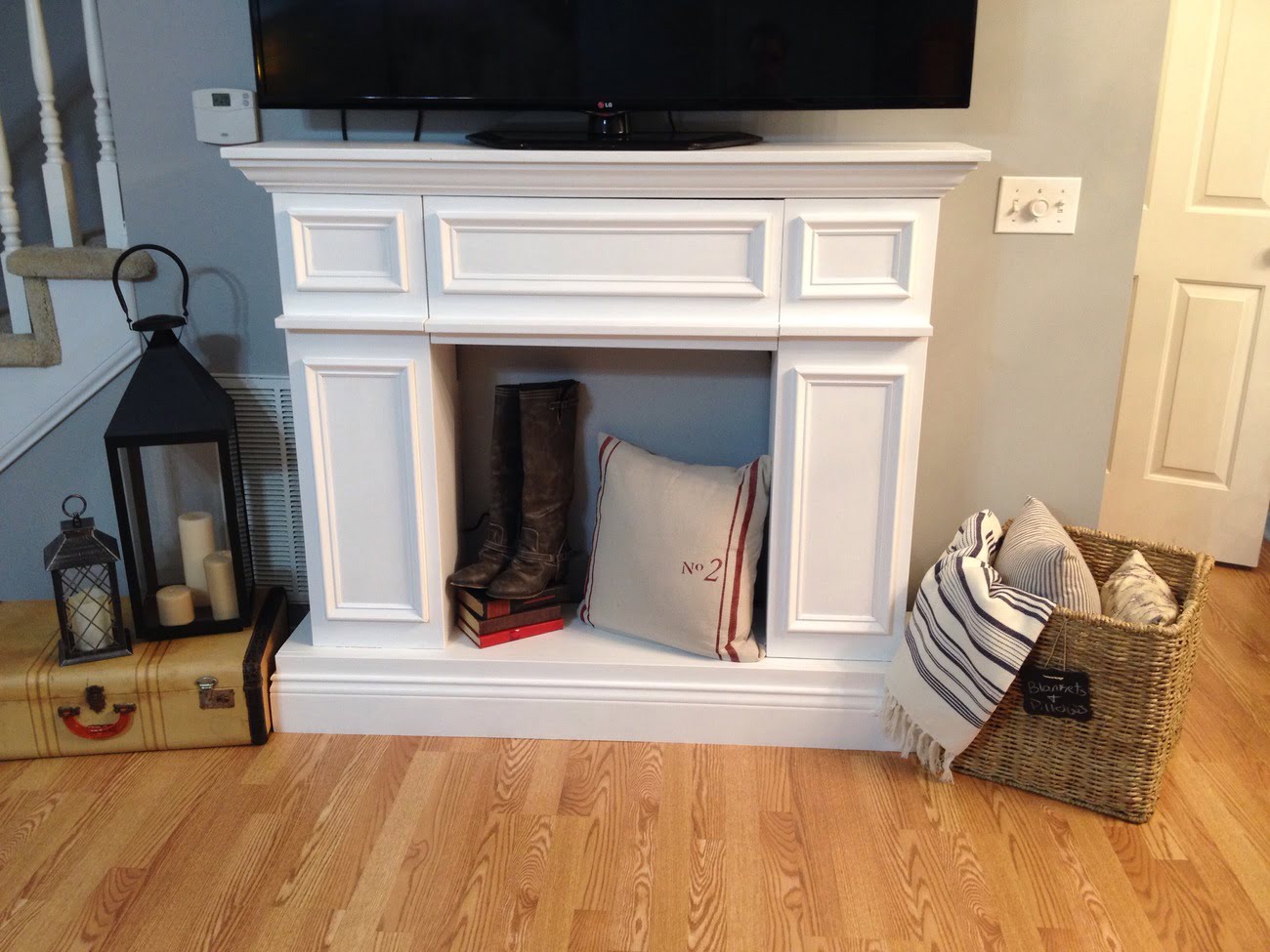
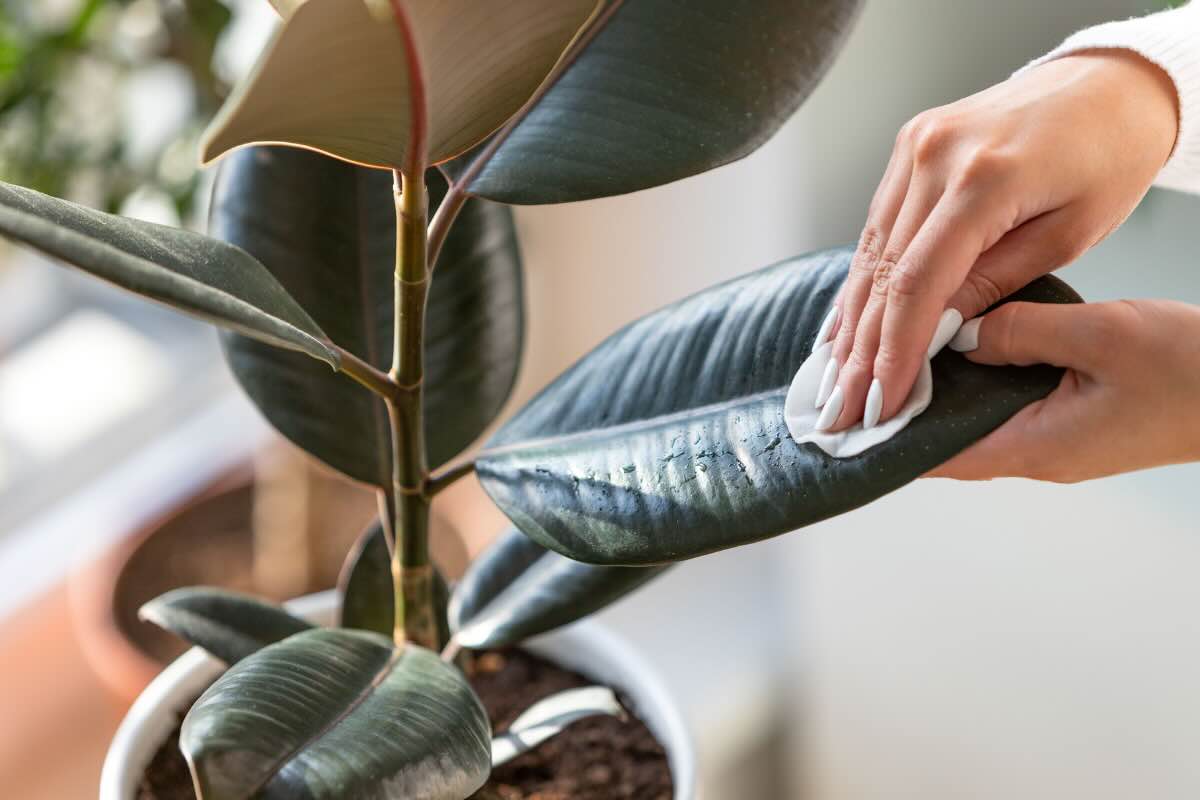
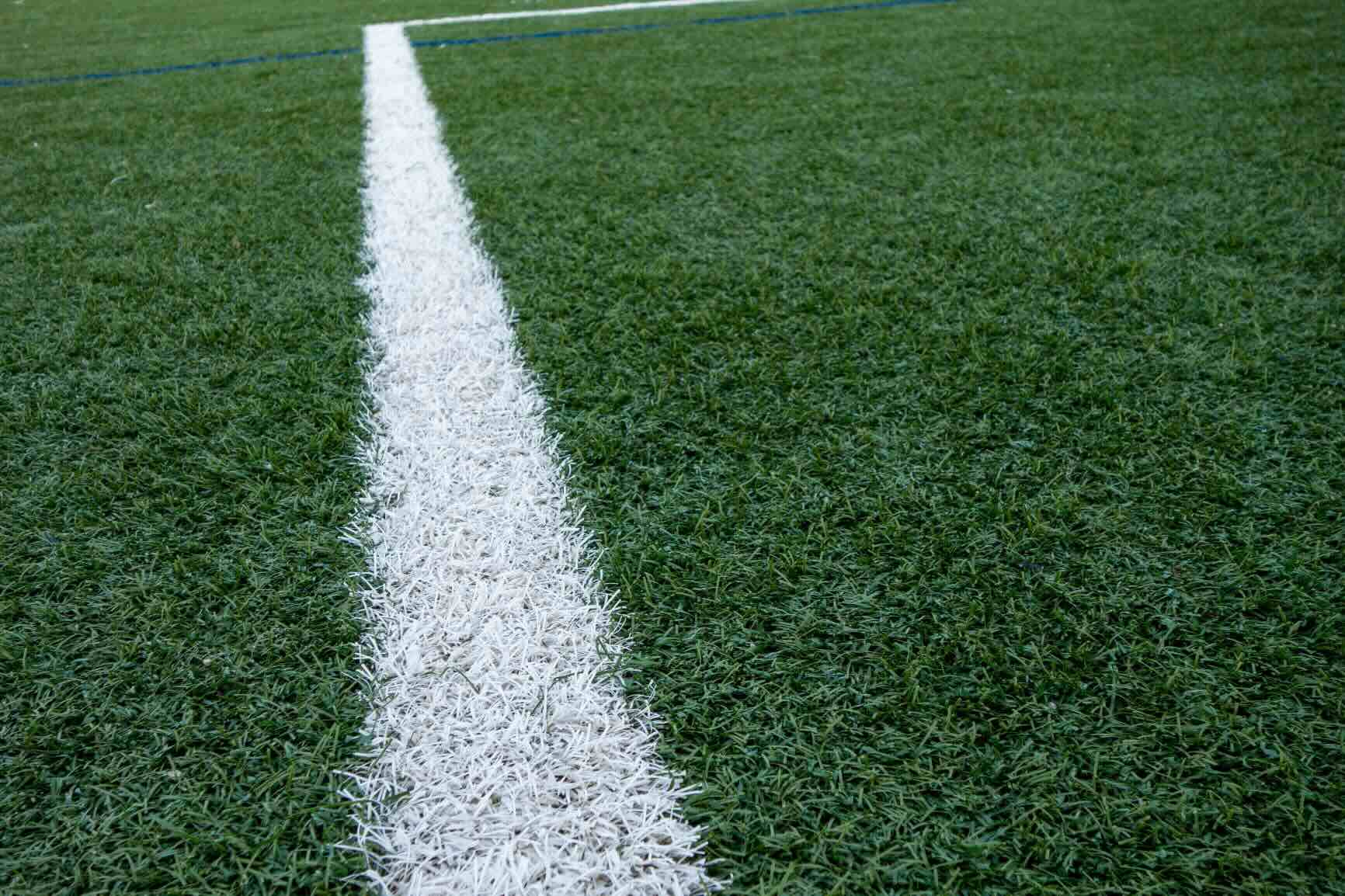
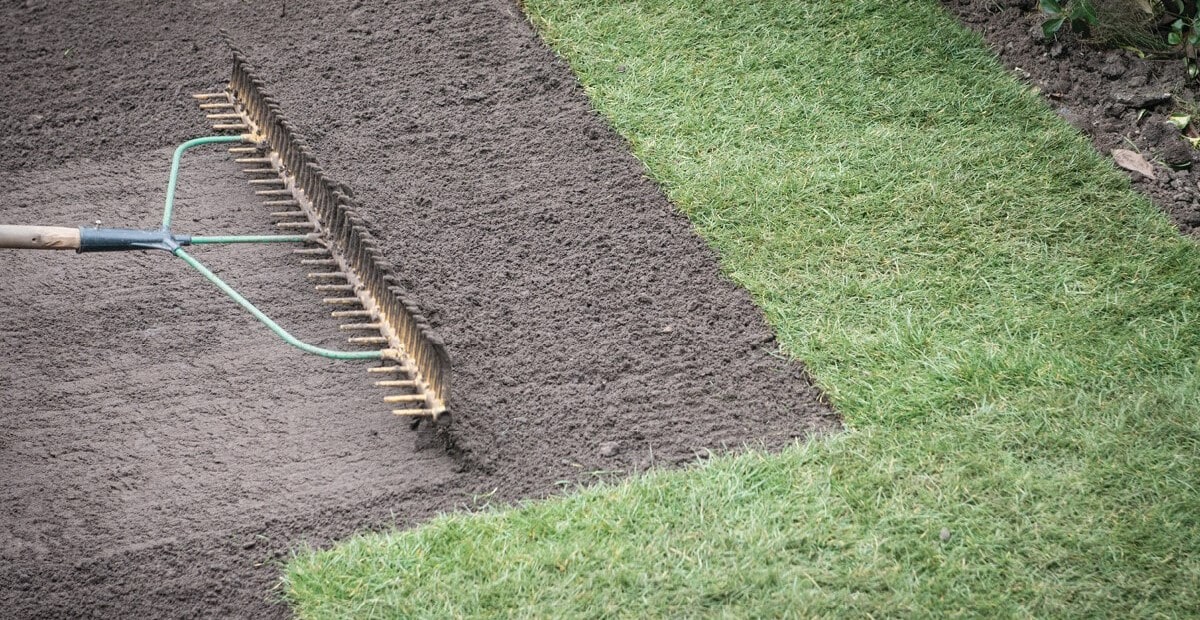
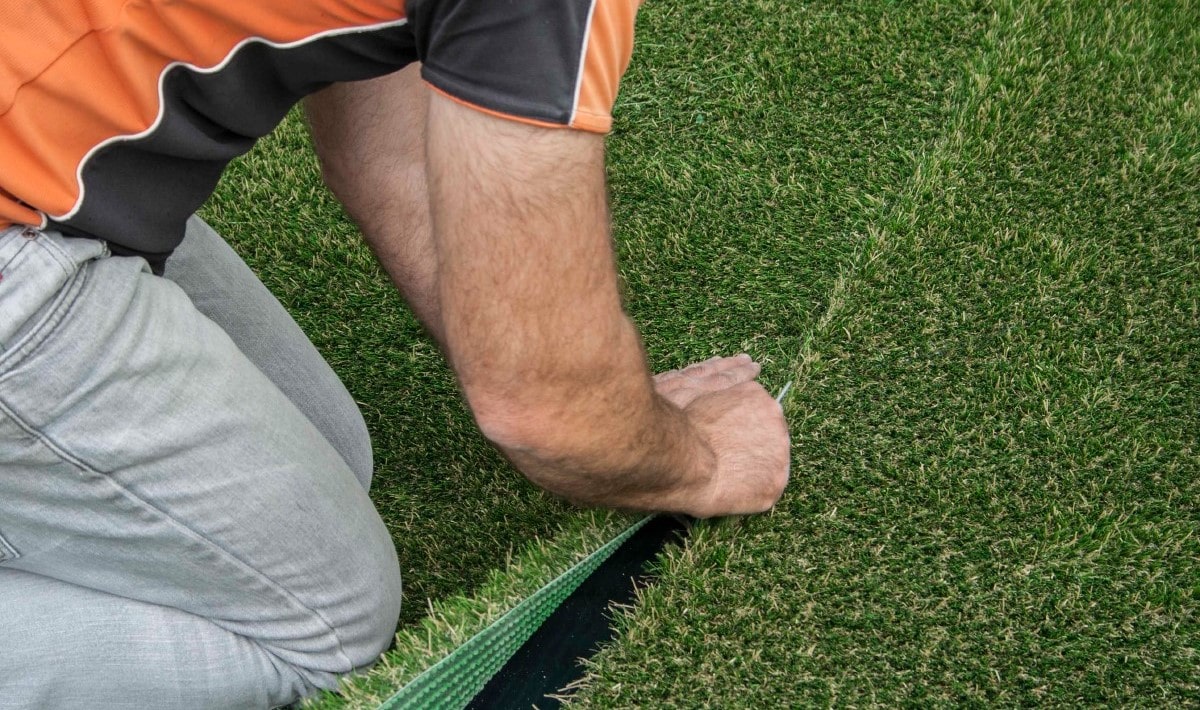
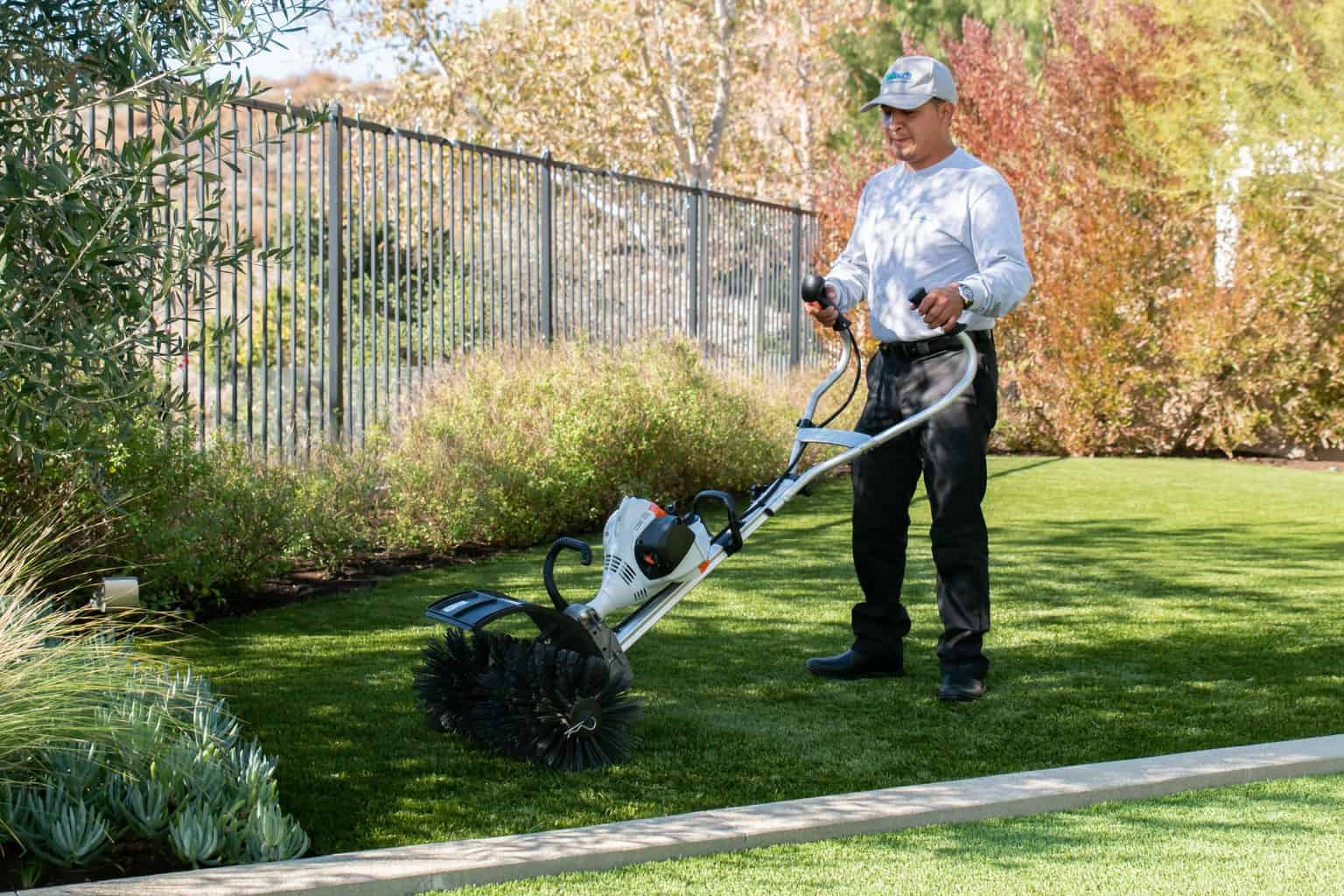

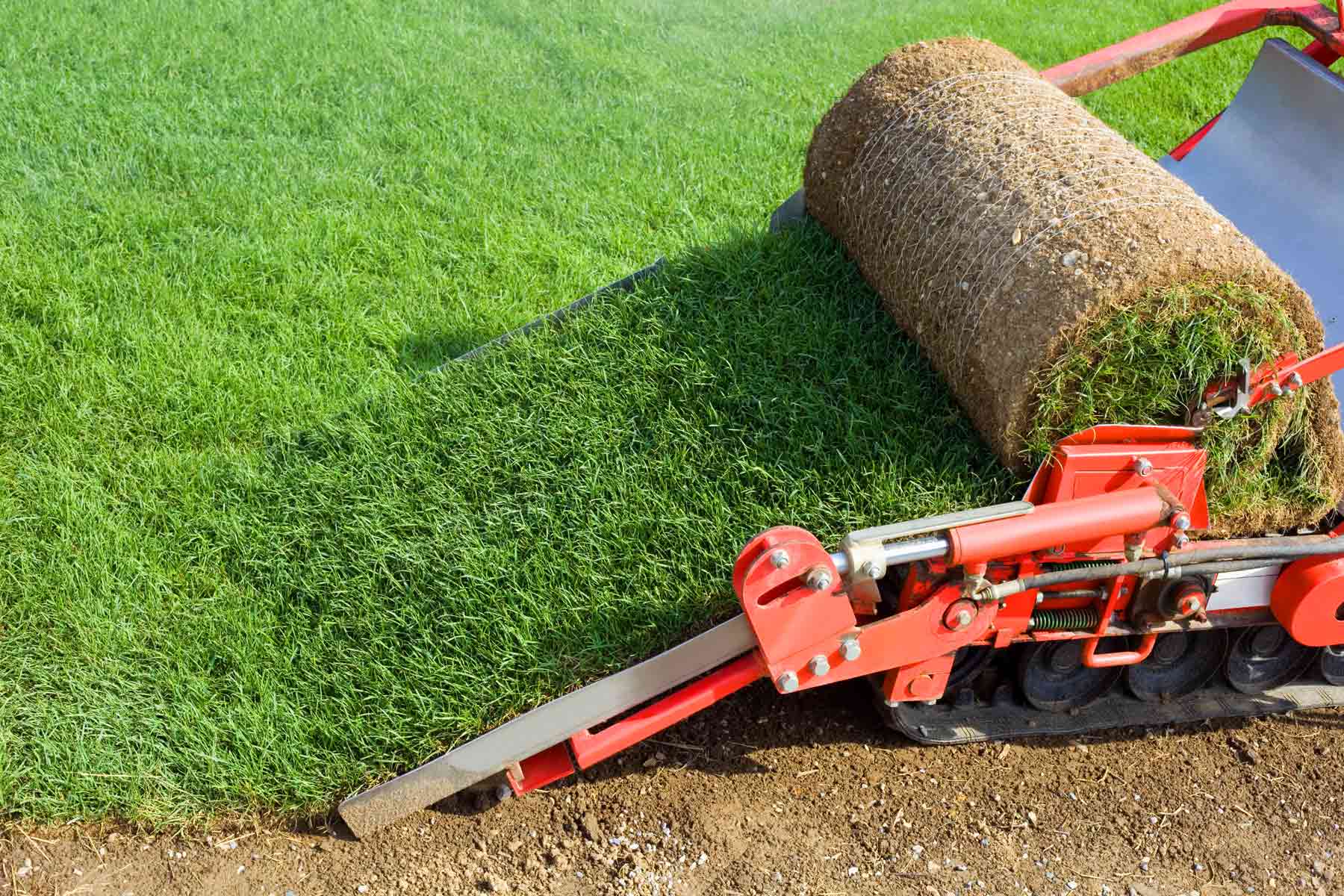

0 thoughts on “How Hot And Unsafe Is Fake Turf?”